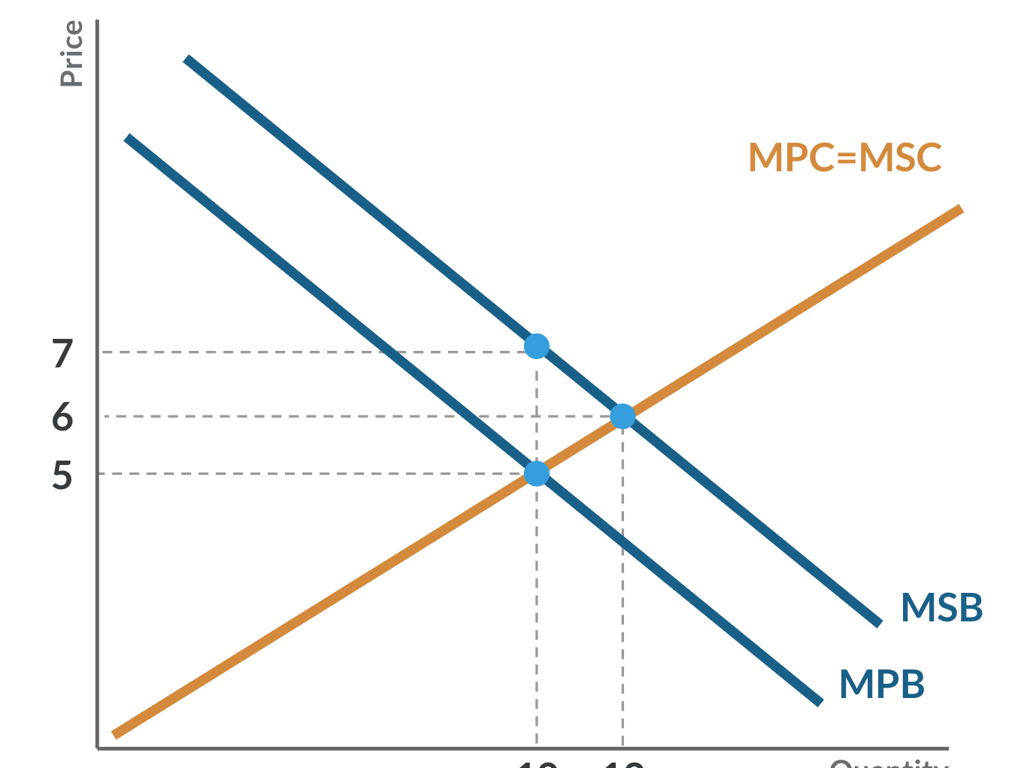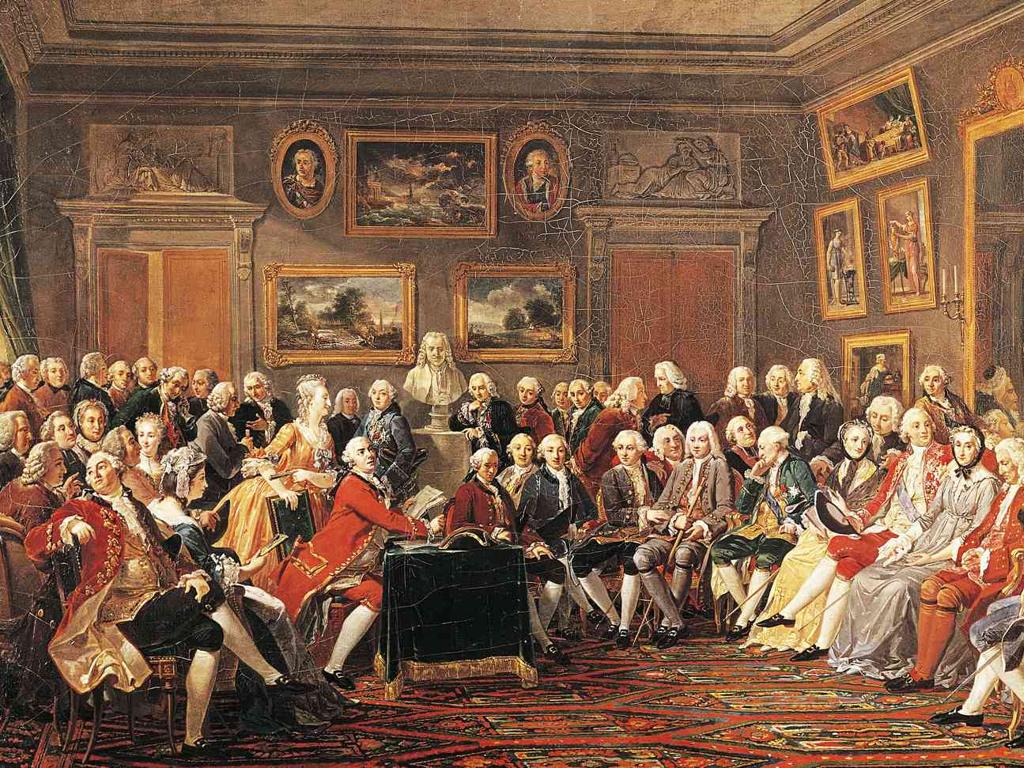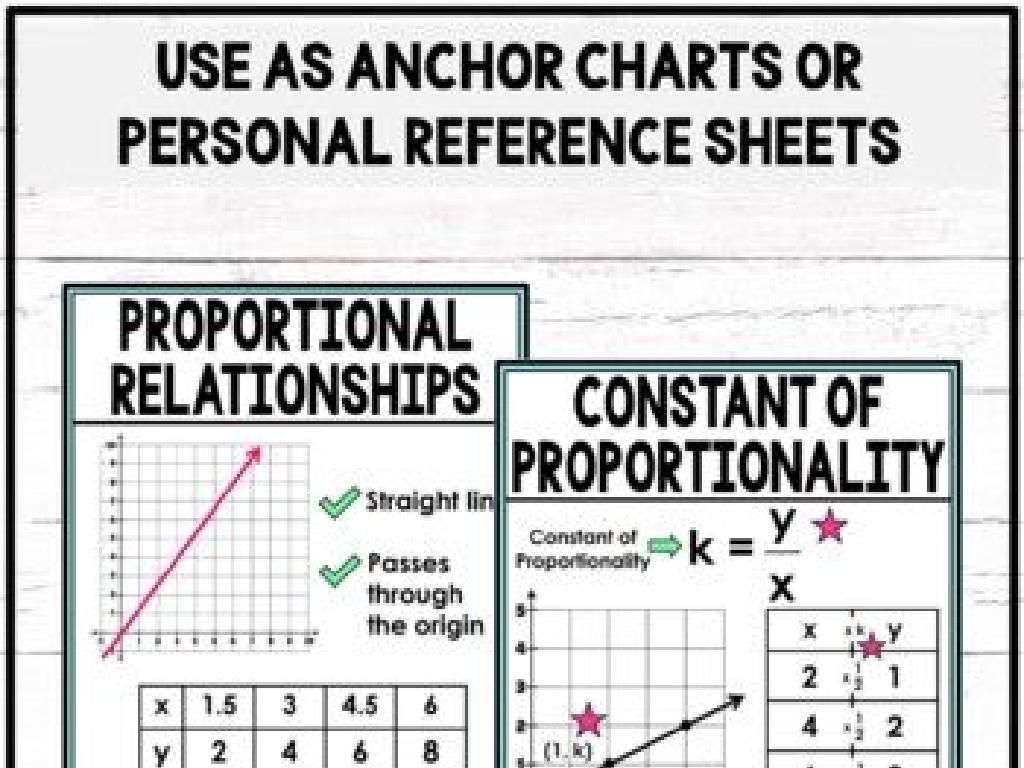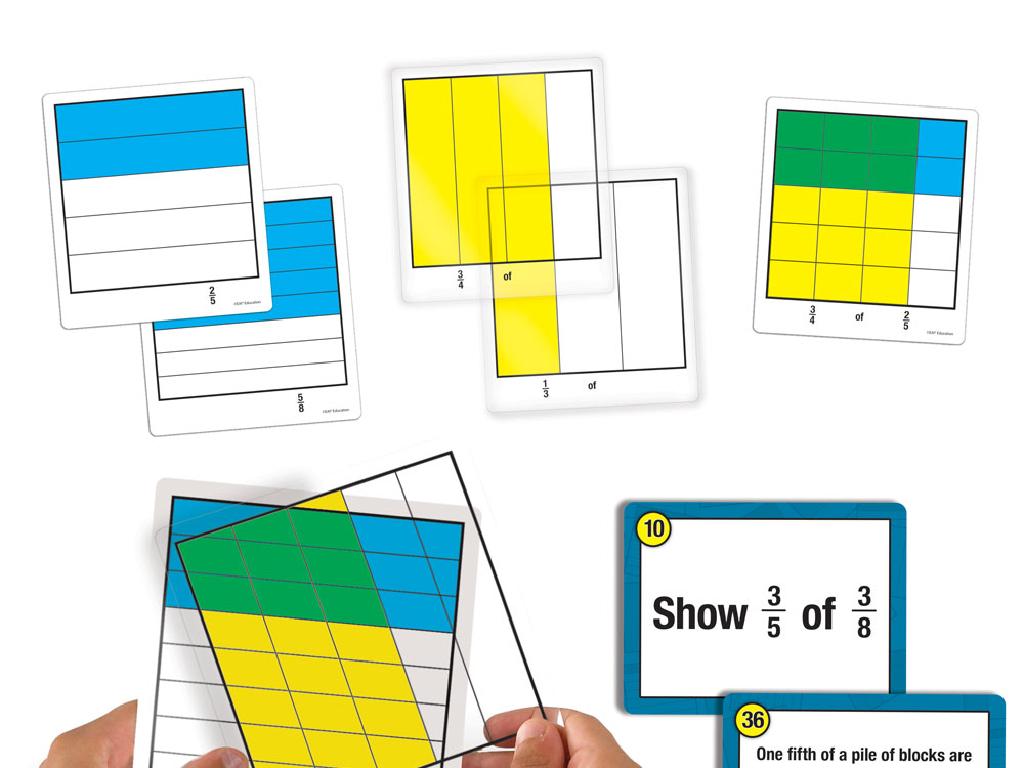Read Realistic Fiction
Subject: Language arts
Grade: Fourth grade
Topic: Literary Texts: Level 2
Please LOG IN to download the presentation. Access is available to registered users only.
View More Content
Welcome to Realistic Fiction!
– Understanding Fiction
– Fiction is a story from the author’s imagination.
– Exploring Realistic Fiction
– Stories that could happen in real life.
– Realistic Fiction Book Examples
– ‘Because of Winn-Dixie’, ‘Freckle Juice’
– Why Realistic Fiction Matters
|
This slide introduces students to the genre of realistic fiction, a subcategory of fiction. Begin by explaining that fiction is a literary work based on the imagination and not necessarily on fact. Then, delve into realistic fiction, which are stories that could actually happen in real life. Provide examples of popular realistic fiction books appropriate for fourth graders, such as ‘Because of Winn-Dixie’ by Kate DiCamillo or ‘Freckle Juice’ by Judy Blume, to give them a clear understanding of the genre. Emphasize the importance of realistic fiction in helping students understand the world around them, develop empathy, and see how characters navigate situations that they might encounter in their own lives. Encourage students to think about what makes these stories realistic and to consider the characters’ experiences as they read.
Elements of Realistic Fiction
– Characters resemble real people
– Think of friends or family in stories
– Settings that mirror real life
– Places you can visit or live in
– Plots with real-world events
– Everyday adventures or challenges
– Relatable problems and solutions
– Solutions that could work for you
|
This slide aims to introduce students to the key elements that make up realistic fiction. Characters in realistic fiction are similar to people we know; they have personalities and face challenges just like we do. Settings are places we can recognize, like a school or a neighborhood park. Plots involve situations that could happen to anyone, such as making a new friend or losing a pet. Encourage students to think about how the characters solve problems in ways that we might in real life. This understanding will help them connect with the stories they read and recognize realistic fiction in their reading choices.
Characters in Realistic Fiction
– Understanding character traits
– Traits are personalities or looks like ‘brave’, ‘curly hair’
– Problem-solving in stories
– How do they fix issues? Like sharing toys to make friends
– Characters’ growth and change
– They learn lessons and become better, like being more honest
– Reflecting on character journeys
– Think about how they were at the start and at the end of the story
|
This slide aims to help students grasp the concept of character development in realistic fiction. Start by discussing what character traits are and how they can be both physical and personality-based. Use examples from familiar stories to illustrate how characters face and solve problems. Highlight how characters often grow, change, and learn from their experiences as the plot progresses. Encourage students to think about the characters’ journeys from the beginning to the end of the stories they read, and how these journeys reflect real-life experiences and growth.
Settings in Realistic Fiction
– Exploring familiar settings
– Settings we recognize from real life, like schools or homes.
– Setting’s impact on the story
– How the location and environment influence the characters and plot.
– Time period significance
– The era the story is set in can affect the characters’ behavior and the plot.
– Analyzing setting examples
– Look at examples from books we’ve read to see how settings contribute to the story.
|
This slide aims to help students understand the importance of setting in realistic fiction. Settings in realistic fiction are often places that students can relate to, such as their own school or home, which helps them connect with the story. Discuss how different settings can change the mood of the story or the actions of the characters. For example, a story set in a war-torn country will be very different from one set in a peaceful suburban neighborhood. Highlight the importance of the time period, which can influence the technology available, the language used, and societal norms. Use examples from books the class has read, or popular children’s books, to illustrate how settings shape the narrative. Encourage students to think about how the setting affects the stories they enjoy and to consider the setting in their own storytelling.
Understanding Plot in Realistic Fiction
– Define the term ‘Plot’
– A plot is the main events of a story, structured as a sequence.
– Common problems in stories
– Issues like friendship troubles or family challenges.
– Real-life resolutions
– Solutions that could occur in our daily lives.
– Relate to personal experiences
|
This slide aims to help students grasp the concept of plot within the context of realistic fiction. Begin by defining ‘plot’ as the sequence of events that make up a story. Discuss common problems characters face in realistic fiction, such as difficulties with friends or family, and how these reflect real-world issues. Explore how resolutions in these stories are often similar to how we solve problems in real life, emphasizing the connection between fiction and reality. Encourage students to think of times they’ve faced similar problems and how they resolved them, fostering a personal connection to the material.
Making Connections with Realistic Fiction
– Text-to-Self Connection
– Relate the story to your own experiences
– Text-to-World Connection
– Connect the story to real-world events
– Text-to-Text Connection
– Link the story to another you’ve read
|
This slide aims to teach students how to make connections between the realistic fiction they read and their own lives, the larger world, and other texts. Text-to-self connections involve relating aspects of the story to personal experiences, which can help students empathize with characters and understand the story better. Text-to-world connections require students to relate the story to real-world events or issues, enhancing their global awareness and critical thinking. Text-to-text connections encourage students to draw parallels or contrasts with other stories or texts they have read, which can deepen their comprehension and analytical skills. Encourage students to think critically about the stories they read and to share their connections during class discussions.
Reading Time: Exploring Realistic Fiction
– Read a realistic fiction excerpt
– Discuss real-life possibility
– Could these events occur to someone you know?
– Identify realistic fiction elements
– Look for believable characters, real-world settings, and everyday events
– Reflect on the story’s impact
– How did the story make you feel? Could you relate to it?
|
This slide is designed to engage students with realistic fiction, a genre that mirrors real life. Start by reading an excerpt from a book that exemplifies the genre. After reading, facilitate a discussion on whether the events could happen in real life, which helps students differentiate between fiction and fantasy. Next, guide students to identify elements that make the story realistic, such as relatable characters, settings that they can imagine in the real world, and events that could happen in everyday life. Encourage students to reflect on how the story relates to their own experiences and emotions. This activity will enhance their understanding of realistic fiction and its connection to their own lives.
Class Activity: Create Your Own Story!
– Think of a real-life problem
– Create a character with this problem
– Imagine someone like you in a challenging situation
– Choose the setting for your story
– Where does your story happen? School, park, home?
– Outline your story’s plot
– What happens first, next, and how does it end?
– Plan to share your story idea
|
This activity is designed to engage students with realistic fiction by having them draw from personal experiences to create a story. Encourage them to think of challenges they’ve faced or observed, which will help them relate to their character. The setting should be familiar to them, making the story more authentic. Guide them to structure their plot with a clear beginning that introduces the problem, a middle where the character tries to solve it, and an ending with a resolution. After they’ve outlined their story, have each student share their idea with the class. This will foster creativity and help them understand the elements of realistic fiction. Provide examples if needed and be ready to assist students who may have difficulty with the activity.






